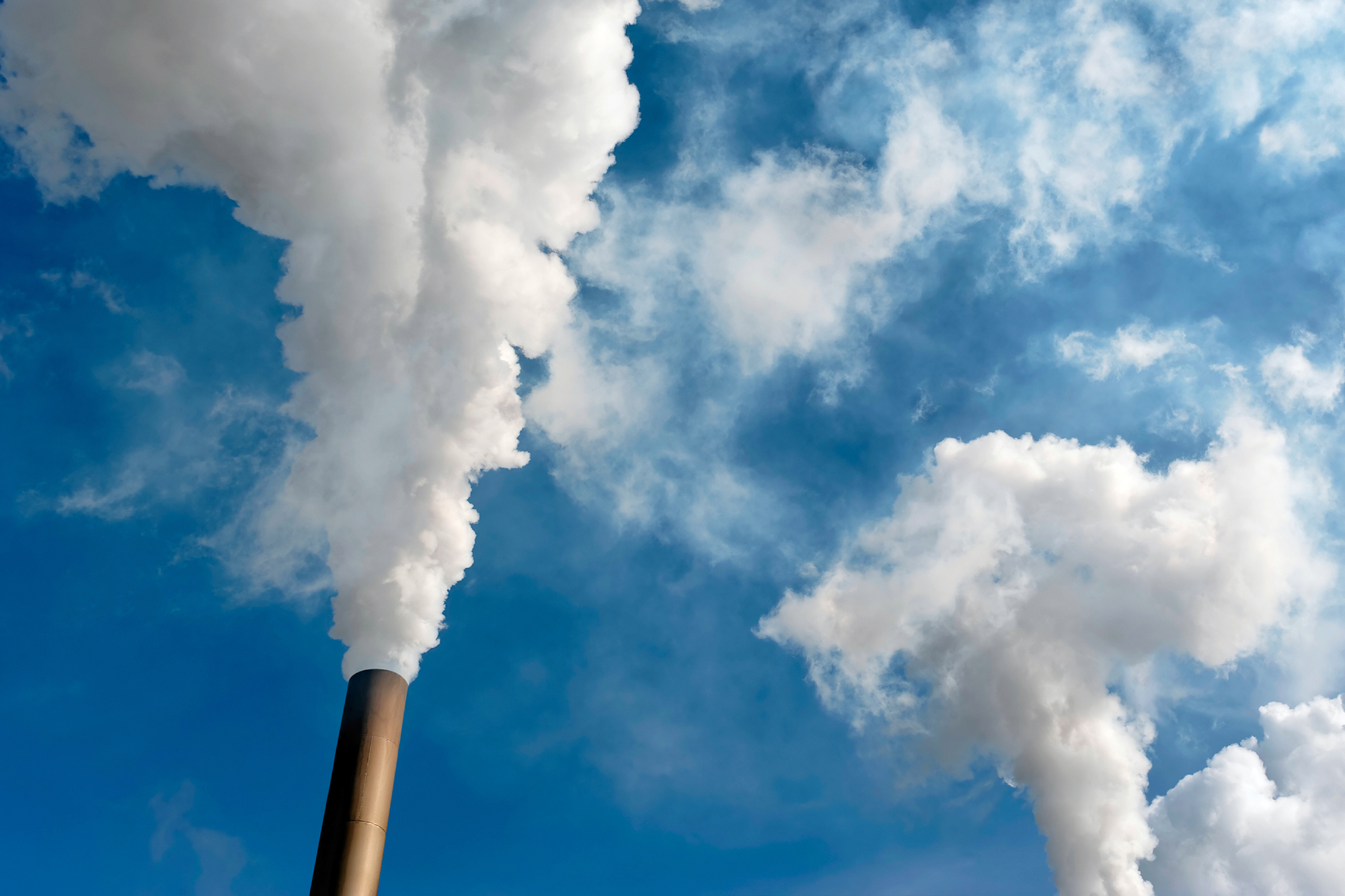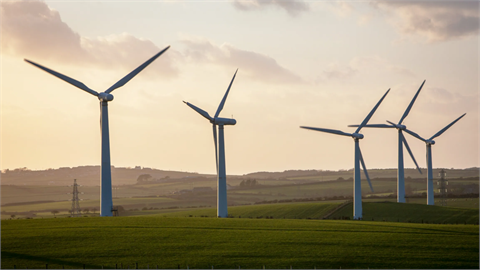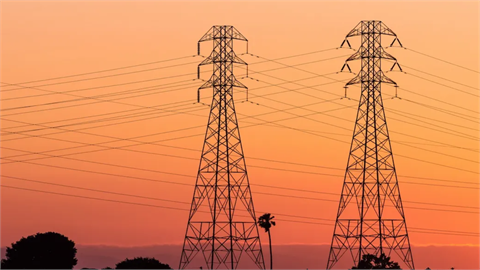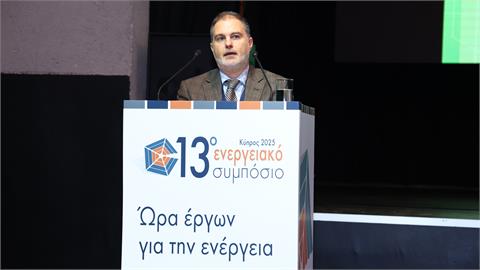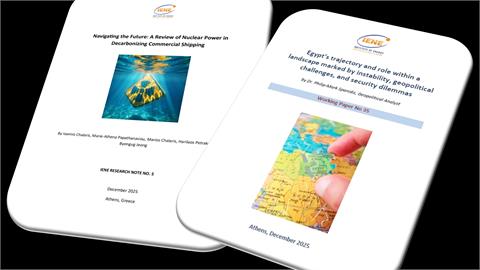In a hefty 161 page publication backed by a vast volume of data from the 28 member countries , the European Commission has just published its 2013 reference scenario for long term energy, transport and GHG emission trends to 2050.This comprehensive report is an update and extension of previous trend scenarios related to energy systems taking into account into transport and GHG emissions developments, such as “European energy and transport-Trends to 2030’’ published in 2003 and its 2005, 2007 and 2009 updates (see here the full document)
In a hefty 161 page publication backed by a vast volume of data from the 28 member countries , the European Commission has just published its 2013 reference scenario for long term energy, transport and GHG emission trends to 2050.This comprehensive report is an update and extension of previous trend scenarios related to energy systems taking into account into transport and GHG emissions developments, such as "European energy and transport-Trends to 2030’’ published in 2003 and its 2005, 2007 and 2009 updates (see here the full document).
The purpose of this latest publication is to present the new ‘’EU Reference scenario 2013’’. This reference scenario was finalized in July 2013. It focuses even more than previous ones on the energy, transport and climate dimensions of EU developments and the various interactions among policies, including now also specific sections on emission trends not related to energy. Its time horizon has been extended up to 2050. It reports for the first time on EU28 including Croatia. Moreover, the modeling process has included four rounds of consultation with Member States experts on specific assumptions and draft modeling results. The responsibility for the results rests, however, with the authors of the scenario who were commissioned to do this work the Directorate General for Energy, Directorate General for Climate Action and the Directorate General for Mobility and Transport.
The authors of the scenario included the E3M-Lab of the Institute of Communication and Computer Systems at the National Technical University of Athens (ICCS-NTUA),Greece, under the expert guidance of Professor Pantelis Capros who is also IENE’s Scientific Council Chairman,the International Institute for Applied System Analysis (IISA) and EuroCape.
In comparison to the previous version, the newest macro-economic data already shows the statistical effects of the on-going EU’s economic downturn in activity of different sectors as well as energy consumption and GHG emissions. The demographic and economic forecasts reflect recent projections by EUROSTAT and the joint work of the Economic Policy Committee and the European Commission (DG ECFIN) respectively. The’’ Ageing Report 2012’’ has been the starting point of this exercise giving long term population and GDP growth trends up to 2060 while the short and medium term GDP growth projections were taken from DGECFIN.
The report notes that the recent boom is shale gas development and exploration of unconventional oil reserves are increasing the fossil fuel reserve basis and thus changing the projections about the developments of international fuel prices. The fuel prices have been updated in the new scenario to take into account the recent developments. Significant progress has been made towards the achievement of the targets set out in the EU Energy and Climate Package, and new legislative measures, most notably the Energy Efficiency Directive, have been adopted at EU levels. Several changes have occurred at national level as well.
This latest EU report focuses on trends projections understood in the sense of a Reference scenario. Similar to the Reference scenario latest update from 2009, this new Reference starts from the assumption that the legally binding GHG and RES targets for 2020 will be achieved and that the policies agreed at EU level by spring 2012 (notably on energy efficiency)as well as relevant adopted national policies will be implemented in the Member States. Following this approach the Reference Scenario can help enlighten the debate on where currently adopted policies might lead the EU and whether further policy development, including for the longer term, would be needed. This 2013 reference scenario can therefore also serve as benchmark or reference for assessing the impacts of envisaged policy initiatives at EU level in the areas of energy, transport and climate. Some technology development forecasts have changed since the latest update in 2009 both in position way: faster than expected development for solar PV technology and negative: slower than expected developments for CCS and remote off-shore wind technologies.
Furthermore, international events, such as the Fukushima nuclear accident of March 2011, have changed the perception related to nuclear power generation and tightened the security requirements for nuclear technologies. In the context of climate change policies, specific Copenhagen/Cancun pledges for 2020 have been also set in other world regions, which have been considered in the world energy price modeling part of this exercise.
Energy consumption
The Reference 2013 scenario is characterized by accelerating energy efficiency improvements, in particular until 2020 and continuing throughout the remaining inland consumption(GIC) and GDP growth decouple (Figure14), a trend that is enhanced by the newly introduced legislation especially on energy efficiency and revised assumptions projection period – as demonstrated by the declining energy intensity of GDP. Gross about economic growth. As becomes apparent in Figure 14, the shift from past increasing trends of energy consumption is occurring in the period2005-10, where apart from relevant legislation, the economic crisis also has a downward effect on energy consumption. The downward trend on energy consumption commenced before the onset of the economic crisis, with EU energy consumption having peaked in 2006. Despite the gradual economic recovery after the crisis, GIC does not resume growth, after the crisis, GIC does not resume growth instead it continuously decreases until 2035 and demonstrates a moderate increase thereafter, yet staying well below the 2010 level.
The projection indicates a shift in the fuel mix of GIC over time towards renewable energy forms (Figure16). This also contributes towards lower energy intensity since many RES technologies (e.g. hydro, solar, wind) have, in statistical terms, efficiency factor of 1 thus, the penetration of RES in all sectors, in particular in power generation, induces a further reduction in GIC, given that alternative fossil fuel or reduction in GIC, given that alternative fossil fuel or nuclear technologies would operate with lower efficiencies.
The main drivers of decreasing GIC are the developments in final energy
demand. These reflect the implemented energy efficiency policies that include,
among others, the Energy Efficiency Directive (EED), Energy Performance of
Buildings Directive (EPBD), the Eco-design Directive and a host of implementing
Regulations for specific products, CO2 emissions standards for light duty
vehicles etc. Following existing legislation until 2020, the assumed
implementation of these measures is delivering significant energy efficiency
improvements with effects going also beyond2020. High international energy
prices, as well as the relatively low growth rates projected for the
energy-intensive industries, further reduce energy consumption. Beyond 2030, in
the absence of additional policies on efficiency, final energy consumption
follows an increasing pace, albeit slow. It is thus visible that the
developments of the energy system in the decades 2010-20 and 2020-30 will have
already set the ground for an economy with lower energy intensity. Finally, the
ETS continues to indirectly support energy efficiency in the ETS sectors,
throughout the projection period.



In addition to the considerable energy savings, the projection also indicates a switch in the fuel mix of final energy consumption over time, in favour of renewable energy forms (Figure 17). This shift is driven by the binding targets on RES and energy efficiency policies until 2020 with effects continuing until 2030, and by the ETS even beyond 2030. The share of oil decreases, but remains at a relatively high level as transportation is projected to remain dominated by oil. Consumption of solid fuels declines considerably throughout the projection period.
In final energy demand, electrification is a persisting trend (Figure 18). This is due to two effects: a shift towards electricity for heating and cooling (due to higher demand for air conditioning and the introduction of electric heat pumps) and a continued increase of electric appliances in the residential and the tertiary sector (mainly IT, leisure and communication appliances). It is also the result of CO2 standards for light duty vehicles and further electrification of rail – leading to higher uptake of electricity in the transport sector. In the period until 2020, when energy efficiency policies are being implemented, the growth rate of electricity demand is less than 0.5% per year up to2020; thereafter, without specific energy efficiency policies the electricity demand growth rate becomes almost 1% per year.
EU Reference scenario 2013
The new Reference scenario determines as core element the development of the EU energy system under current trends and adopted policies. It includes current trends on population and economic development including the latest 2010 statistics and takes into account the highly volatile energy import prices environment of recent years. It portrays economic decisions, which are driven by market forces and technology progress in the framework of concrete national and EU policies and measures adopted until spring 2012 and which are or will be implemented over the next years. Finally the Reference 2013 scenario includes all binding targets set out in EU legislation regarding development of renewable energies and reductions of greenhouse gas (GHG) emissions, as well as the latest legislation promoting energy efficiency. These assumptions together with the current statistical situation derived from the EUROSTAT energy balances represent the starting point for projections which are presented from 2015 onwards in 5 year’s steps until 2050.
The Primes Model
The Reference scenario was elaborated by a consortium led by the National Technical University of Athens (E3MLab), using the PRIMES model for energy and CO2 emission projections, the GAINS model for non-CO2 emissions projections and the GLOBIOM-G4M models, for LULUCF emission and removal projections, supported by some more specialized models(e.g. GEM-E3 model that has been used for projections for the value added by branch of activity, PROMETHEUS model that has been deployed for projections of world energy prices and CAPRI model for agricultural activity projections).More information about these specialized models can been seen in the section on total GHGs emissions. The scenarios are available for the EU and each of its 28 Member States simulating the energy balances and GHG emission trends for future years under current trends and policies as adopted in the Member States by spring 2012.
The PRIMES model, which has been developed by Professor Pantelis Capros and his team at NTUA, is a modeling system that simulates a market equilibrium solution for energy supply and demand in the EU28 and its Member States. The model determines the equilibrium by finding the prices of each energy form such that the quantity producers find best to supply matches the quantity consumers wish to use. The market equilibrium is achieved for each time period and the simulation is dynamic over time. The model is behavioral but also represents in an explicit and detailed way the available energy demand and supply technologies and pollution abatement technologies. The system reflects considerations about market economics, industry structure, energy/environmental policies and regulation, which are conceived so as to influence market behavior of energy system agents. The modular structure of PRIMES reflects a distribution of decision making among agents that act individually about their supply, demand, combined supply and demand, and prices. The market integrating part of PRIMES subsequently simulates market clearing.
In this exercise the more detailed PRIMES-TREMOVE transport model was also used to develop the transport projections; this model is now fully integrated with the main PRIMES model. PRIMES is a general purpose energy model; it is conceived for designing projections to the future, scenario building and policy impact analysis. It covers a medium to long-term horizon. Its modular allows either for integrating model use or for partial use.
